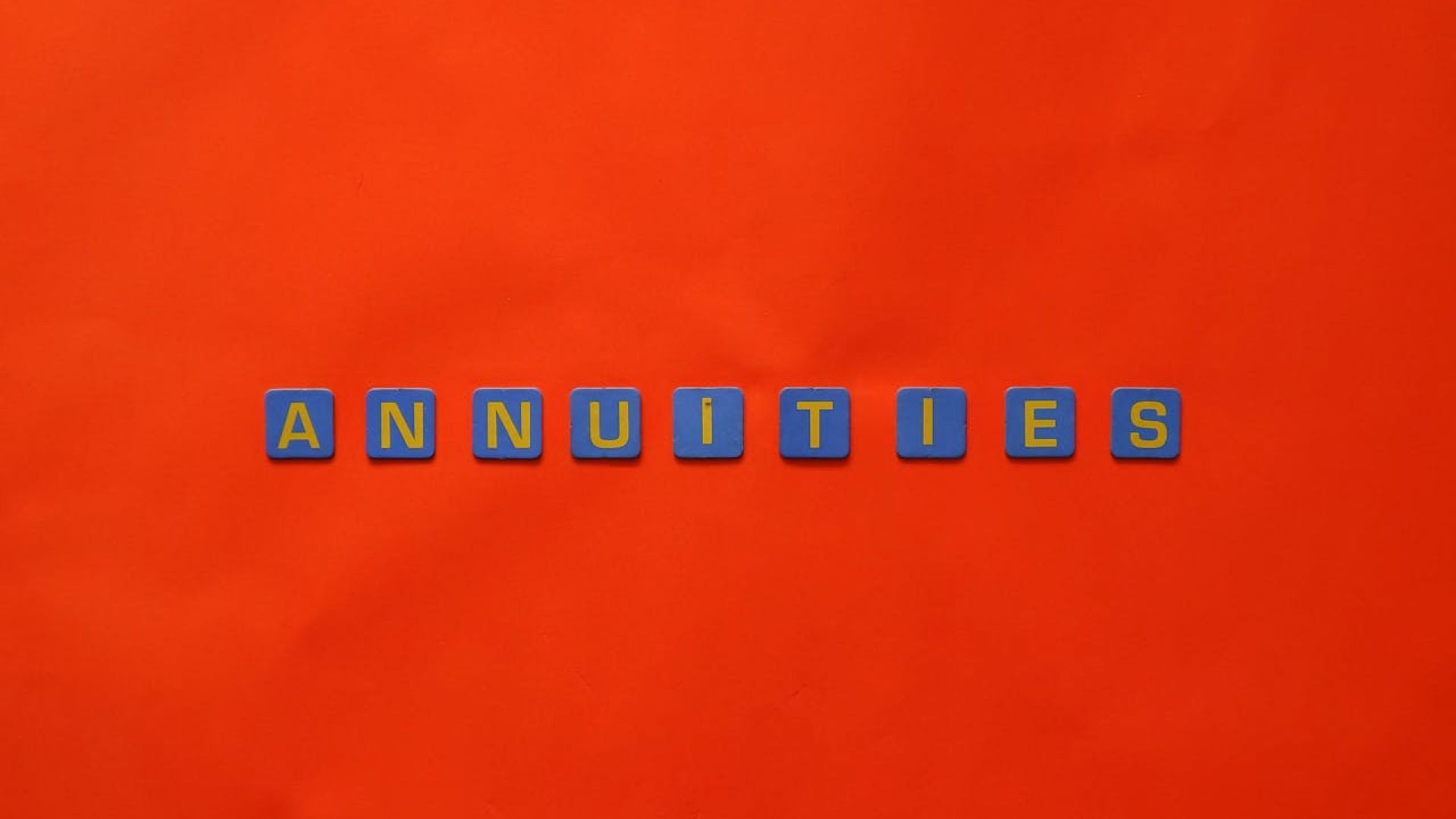Cryptocurrency has evolved significantly since the inception of Bitcoin in 2009. As the blockchain technology behind these digital currencies matures, two projects, Cardano and Polkadot, have emerged as prominent players in the race to improve scalability, interoperability, and security. This article delves deep into the intricacies of Cardano and Polkadot, comparing their technologies, use cases, and future prospects.
Cardano: A Brief Overview
Cardano is a blockchain platform developed by Input Output Hong Kong (IOHK) under the guidance of Charles Hoskinson, one of the co-founders of Ethereum. Launched in 2017, Cardano aims to create a more secure and scalable blockchain through a research-driven approach.
Architecture and Design
- Ouroboros Proof-of-Stake (PoS) Consensus: Cardano uses Ouroboros, a PoS algorithm designed to be both energy-efficient and secure. This algorithm allows ADA holders to stake their tokens and participate in the network's consensus process, earning rewards in return. Learn more about Ouroboros
- Layered Architecture: Cardano's architecture is divided into two layers: the Cardano Settlement Layer (CSL) and the Cardano Computation Layer (CCL). The CSL handles the ledger of account values and the CCL is responsible for executing smart contracts. This separation enhances security and flexibility.
Research-Driven Development
- Peer-Reviewed Research: Cardano's development is heavily influenced by academic research. Every update and new feature is subjected to rigorous peer review by academics and industry experts. Read about Cardano's research
- Formal Methods: Cardano employs formal methods, which are mathematically proven techniques used to verify the correctness of its code. This adds an extra layer of security to the platform.
Smart Contracts and Decentralized Applications (DApps)
- Plutus and Marlowe: Cardano supports smart contracts through Plutus, a Haskell-based scripting language, and Marlowe, a domain-specific language for financial contracts. These tools enable developers to create complex and secure DApps. Explore Plutus and Marlowe
Governance and Sustainability
- Project Catalyst: Cardano uses Project Catalyst, a decentralized governance system where ADA holders can propose and vote on changes to the network. This ensures that the community has a say in the platform's future direction. Discover Project Catalyst
- Treasury System: A portion of transaction fees and rewards are allocated to a treasury system, which funds future development and community projects. Learn about Cardano's treasury
Polkadot: A Brief Overview
Polkadot is a blockchain platform developed by the Web3 Foundation, with Dr. Gavin Wood, another Ethereum co-founder, playing a pivotal role. Launched in 2020, Polkadot aims to enable a heterogeneous multi-chain framework, allowing different blockchains to interoperate seamlessly.
Architecture and Design
- Relay Chain and Parachains: Polkadot's architecture consists of a central relay chain that coordinates the network's consensus and interoperability, and multiple parachains that run parallel to the relay chain. Parachains can have their own tokens and be optimized for specific use cases. Understand Polkadot's architecture
- Nominated Proof-of-Stake (NPoS) Consensus: Polkadot uses NPoS, a variant of PoS, where nominators back validators with their stake. This system enhances security and decentralization.
Interoperability and Scalability
- Cross-Chain Communication: Polkadot's primary goal is to enable cross-chain communication and interoperability. Through its cross-chain messaging protocol (XCMP), different blockchains can exchange information and assets seamlessly. Learn about XCMP
- Scalability through Sharding: Polkadot's parachain model effectively implements sharding, where each parachain can process transactions in parallel, significantly increasing the network's overall throughput.
Smart Contracts and DApps
- Substrate Framework: Polkadot uses the Substrate framework, which allows developers to build custom blockchains tailored to their specific needs. These blockchains can easily connect to the Polkadot network as parachains. Explore Substrate
- Ink! and Smart Contracts: Polkadot supports smart contracts through Ink!, a Rust-based language designed for writing smart contracts on Substrate-based blockchains. Learn about Ink!
Governance and Upgradability
- On-Chain Governance: Polkadot employs an on-chain governance model where DOT holders can propose and vote on changes to the network. This ensures that the community can make decisions transparently and efficiently. Understand Polkadot's governance
- Forkless Upgrades: Polkadot's runtime environment allows for forkless upgrades, meaning the network can implement changes and improvements without splitting into separate chains. Learn about forkless upgrades
Comparing Cardano and Polkadot
Consensus Mechanisms
- Cardano: Uses Ouroboros PoS, emphasizing security and energy efficiency through rigorous academic research and formal methods.
- Polkadot: Employs NPoS, focusing on decentralization and security by allowing nominators to back validators.
Interoperability
- Cardano: Primarily focuses on creating a secure and scalable blockchain with future plans for interoperability through sidechains.
- Polkadot: Designed from the ground up for interoperability, enabling seamless communication between different blockchains through its relay chain and parachains.
Smart Contract Development
- Cardano: Utilizes Plutus and Marlowe for developing smart contracts, emphasizing security and formal verification.
- Polkadot: Leverages the Substrate framework and Ink! for building custom blockchains and smart contracts, offering flexibility and customization.
Governance
- Cardano: Features Project Catalyst, a decentralized governance system where ADA holders propose and vote on network changes.
- Polkadot: Implements on-chain governance, allowing DOT holders to participate in decision-making processes directly.
Scalability
- Cardano: Achieves scalability through its layered architecture and plans for future enhancements like Hydra, a layer-2 scaling solution. Explore Hydra
- Polkadot: Scales through its parachain model, enabling parallel processing of transactions and increasing overall network throughput.
Use Cases and Applications
Cardano
- Financial Services: Cardano aims to provide financial services to the unbanked and underbanked populations, particularly in developing countries. Its secure and scalable platform is well-suited for applications in decentralized finance (DeFi).
- Supply Chain Management: Cardano's transparent and immutable ledger can enhance supply chain management by providing end-to-end traceability of goods and services.
- Healthcare: Cardano's secure data management capabilities can be leveraged in the healthcare sector to store and share patient records securely.
Polkadot
- Interoperable DApps: Polkadot's ability to facilitate cross-chain communication makes it ideal for developing interoperable DApps that can leverage multiple blockchains' strengths.
- Custom Blockchains: Through the Substrate framework, developers can create custom blockchains tailored to specific use cases, such as gaming, finance, or IoT, and connect them to the Polkadot network.
- DeFi Ecosystems: Polkadot's scalable and interoperable platform is well-positioned to support complex DeFi ecosystems that require seamless interaction between different blockchain networks.
Future Prospects
Cardano
- Hydra Scaling Solution: Cardano's development roadmap includes Hydra, a layer-2 scaling solution that aims to increase transaction throughput significantly, making the network more efficient and scalable. Read about Hydra
- Continued Research and Development: Cardano's commitment to research-driven development ensures that it will continue to evolve with new features and improvements based on rigorous academic research.
Polkadot
- Expansion of Parachains: As more parachains are added to the network, Polkadot's scalability and interoperability will continue to improve, attracting a broader range of projects and developers.
- Bridges to Other Blockchains: Polkadot's development roadmap includes building bridges to other major blockchain networks, enhancing its interoperability and enabling the transfer of assets and data across different ecosystems. Learn about Polkadot's bridges
Conclusion
Cardano and Polkadot are two innovative blockchain platforms that address the limitations of earlier networks like Bitcoin and Ethereum. While Cardano focuses on security, scalability, and a research-driven approach, Polkadot emphasizes interoperability, scalability through sharding, and customization through its Substrate framework. Both platforms have unique strengths and are poised to play significant roles in the future of blockchain technology.
As the blockchain space continues to evolve, the complementary features of Cardano and Polkadot may drive further innovation and collaboration, paving the way for a more decentralized and interconnected world. Whether you are a developer, investor, or blockchain enthusiast, understanding the nuances of these two platforms is essential for navigating the rapidly changing landscape of cryptocurrency and decentralized technologies.
For more information on Cardano, visit the Cardano Foundation website. To learn more about Polkadot, explore the Polkadot Network website.










